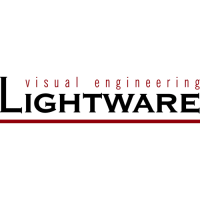UMX-TPS-TX100 series – User's Manual 132
RS-232 Message Sending
Sending a Message (ASCII-format) via RS-232
The command is for sending a command message in ASCII-format. This method allows escaping the control
characters. For more information see the Escaping section.
Command and Response #message
ç <message>)
æ
Example
ç
æ
Sending a Text (ASCII-format) via RS-232
The command is for sending a command message in ASCII-format. This method does not require escaping
the control and non-printable characters.
Command and Response
ç <message>)
æ
Example
ç
æ
The 'open' text is sent out via the P1 serial port.
Sending a Binary Message (HEX-format) via RS-232
The command is for sending a binary message in Hexadecimal format. This method does not require escaping
the control and non-printable characters.
Command and Response
ç <message>)
æ
Example
ç
æ
The '433030' message is sent out via the P1 serial port.
Using Hexadecimal Codes
Hexadecimal codes can be inserted in the ASCII message when using:
sendMessage command: CALL /MEDIA/UART/P1:sendMessage(C00\x0D)
tcpMessage command: CALL /MEDIA/ETHERNET:tcpMessage(C00\x0D)
udpMessage command: CALL /MEDIA/ETHERNET:udpMessage(C00\x0D)
▪ C00: the message.
▪ \x: indicates that the following is a hexadecimal code.
▪ 0D: the hexadecimal code (Carriage Return)

